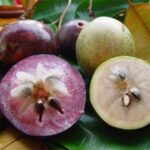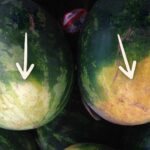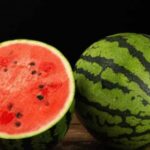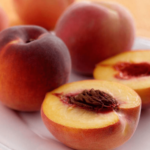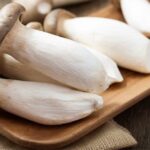## How to Choose a Delicious Watermelon
Look at the watermelon’s belly button: One of the most important things to look for when buying a watermelon is the circle at the bottom of the fruit. This circle is commonly referred to as the belly button of the watermelon. If it’s large, it indicates that the watermelon has a thick rind and a bland taste. A smaller belly button means the rind will be thinner and the flavor sweeter. Choose watermelons with a slightly indented, small belly button.
Examine the watermelon’s stem: Opt for watermelons with dry, withered, and curved stems as they indicate ripeness and better flavor. A green, straight stem suggests that the watermelon was harvested prematurely and may not be as sweet.
Consider the color and stripes of the rind: A good indicator of a ripe and sweet watermelon is clear, well-defined stripes. If the stripes appear messy and irregular, the watermelon may not be fully ripe and sweet.
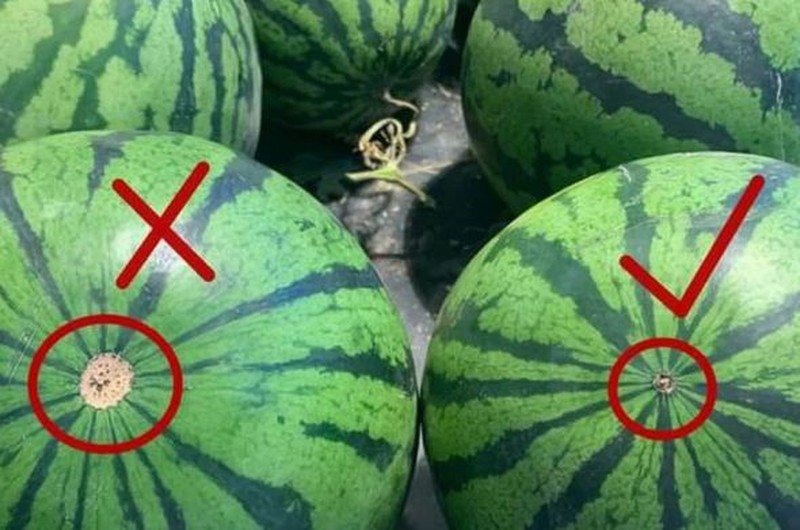
Inspecting the belly button of a watermelon
Additionally, when choosing a watermelon, pay attention to the color of the rind. A deeper color indicates a riper and more flavorful watermelon. If the rind looks pale, it’s best to avoid it as the watermelon may not taste as good.
Look for a yellow underside: When choosing a watermelon, observe the area that typically touches the ground. If it has a deep yellow or orange color, it indicates a riper and sweeter watermelon.
Bee stings on the rind: Brown spots or bee stings on the watermelon’s rind suggest that bees have visited the flower’s pistil multiple times. The more pollination that occurs, the sweeter the watermelon will taste.
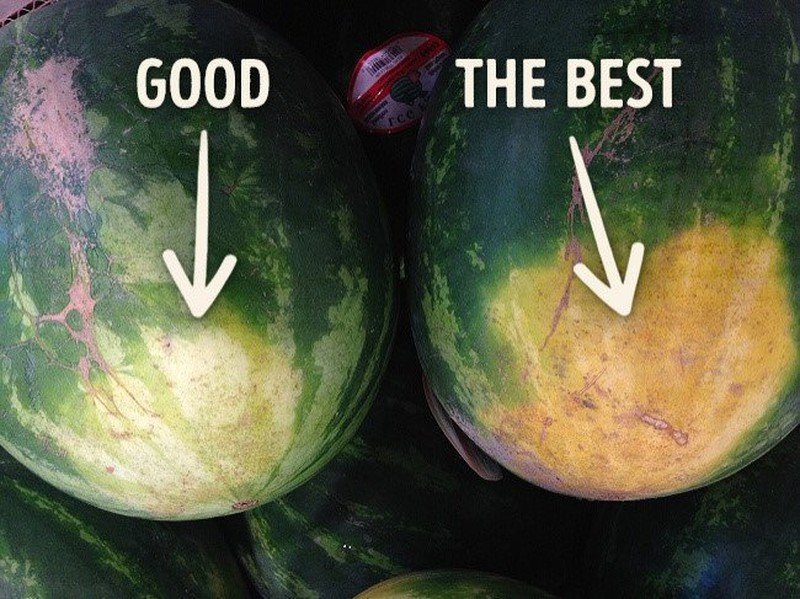
Checking the yellow underside of a watermelon
## How to Choose a Delicious Pear Melon
Consider the season: To enjoy pear melons at their best and avoid those treated with growth enhancers, it’s advisable to buy them during their peak season, which is usually from May to September. During this period, the melons grow under optimal conditions, resulting in crisp, tasty, and more nutritious fruit.
Examine the belly button: When selecting a pear melon, turn the fruit over and inspect the bottom. A round, full, and large belly button indicates a sweeter and more delicious melon. Avoid those with less prominent belly buttons.
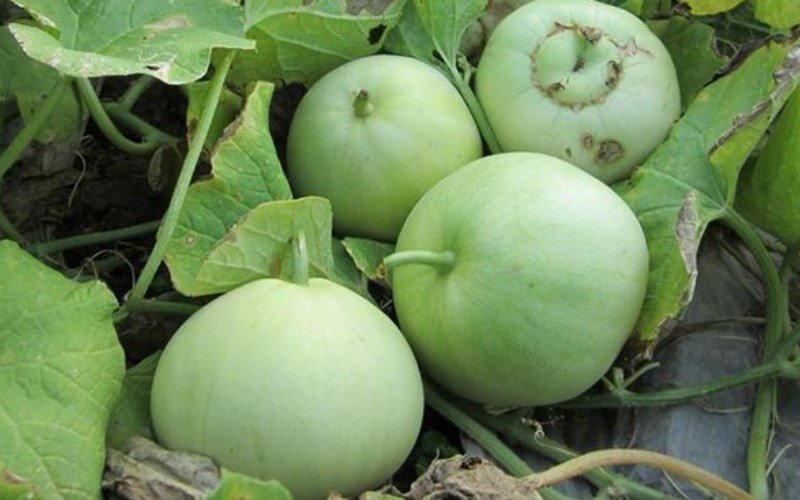
Observing the stem of a pear melon
Pay attention to the stem: Whether buying pear melons or any other type of melon, always consider the stem. Freshly harvested melons will have green, vibrant stems. Gently shake the melon; if the stem doesn’t fall off, it’s a good sign that the melon is fresh. Avoid melons with dark, shriveled, broken, or missing stems as they are likely older and less tasty.
Color matters: When choosing a pear melon, look for a slightly green skin. Melons with this color tend to have thicker flesh and a sweeter taste compared to those with white skin.
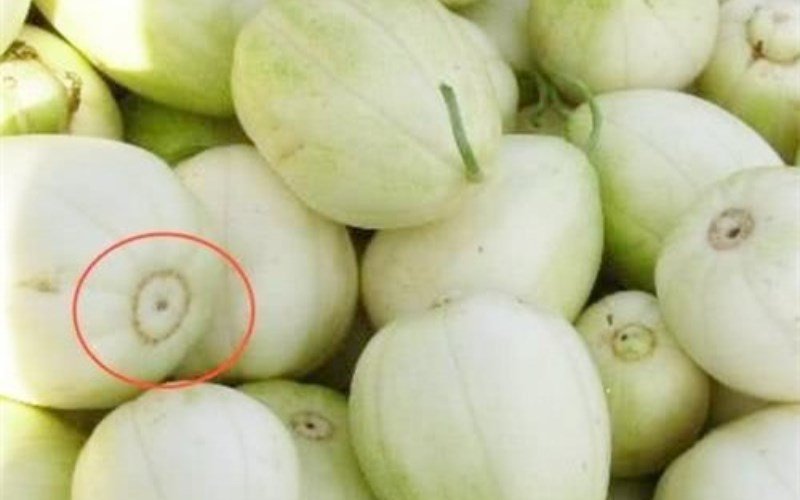
Inspecting the belly button of a pear melon
Smell the melon: A naturally ripe pear melon will have a subtle, pleasant aroma. Avoid melons with a strong or unpleasant smell, as they may have been treated with chemicals and will likely taste bland.
According to Khoevadep

























